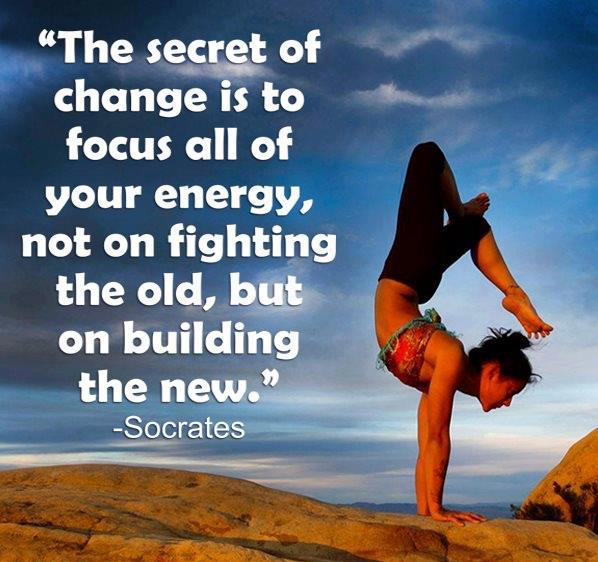When a change happens in nature it is typical for animals to be among the first to adapt.
An animal will notice that something is different. This may be a change in their usual food source or its availability or a shift in safety which impacts their ability to survive and thrive. Whatever the change, the awareness level of an animal rises.
Once aware of the change in their surroundings, an animal will adapt to suit the new conditions. Instinct awareness leads them to create and adopt different daily and seasonal habits to fit the flow of the changes in their immediate environment. As an extreme, should an animal fail to adapt could represent the difference between surviving and dying?
Through being aware and adapting to change, an animal takes responsibility to embrace change.
A recent client shared this example of change. During the pandemic, she witnessed the changing habits of local wildlife in her surrounding area. Due to less human impact, she noticed an increase in the frequency of wildlife visits to her locality, as these animals searched further for food. As their frequency increased, their numbers grew. The wildlife displayed awareness and adaptability, and they took action to practice and embed new habits to survive and thrive.
An ideal illustration of leadership and what it takes to embrace change.
Like the animals, you have witnessed vast change through your pandemic experience. As a leader you have had to become more aware, adapt quickly and take action to enable effective and efficient new habits, practices, and processes, to thrive.
When you reflect on your pandemic experience, ask yourself these questions:
- What was the impact on you and the team(s) you lead?
- What stage of the process did you and your team(s) find most challenging?
- Becoming more aware
- Adapting to the new conditions?
- Adopting new habits, behaviours, and practices to thrive?
- What are you doing differently as a leader and with your team(s) to drive positive and sustainable results?
- What have you and your team(s) learned as a result?
Change is a constant in our lives.
Having successfully led yourself and your team(s) through the challenges and changes, one constant will continue to remain – change.
To fully embrace change, this is a critical stage where accountability steps in, to check in, monitor, measure, and assess what is really going on, consistently.
Ask yourself: What approach will you lead with and implement to build awareness, adaptability, action, and accountability, when change and all its parts are in your midst?
As a leader, will you fall into denial and resistance or rise with acceptance and commitment to the opportunity and embrace change?
What will you do to enable you and your team(s) to thrive now and into the future?
In summary:
- Take notice of the changing environment to build a greater level of awareness.
- Adapt accordingly to the new conditions.
- Act and take responsibility to make change happen.
- Be accountable to drive and achieve winning outcomes.

